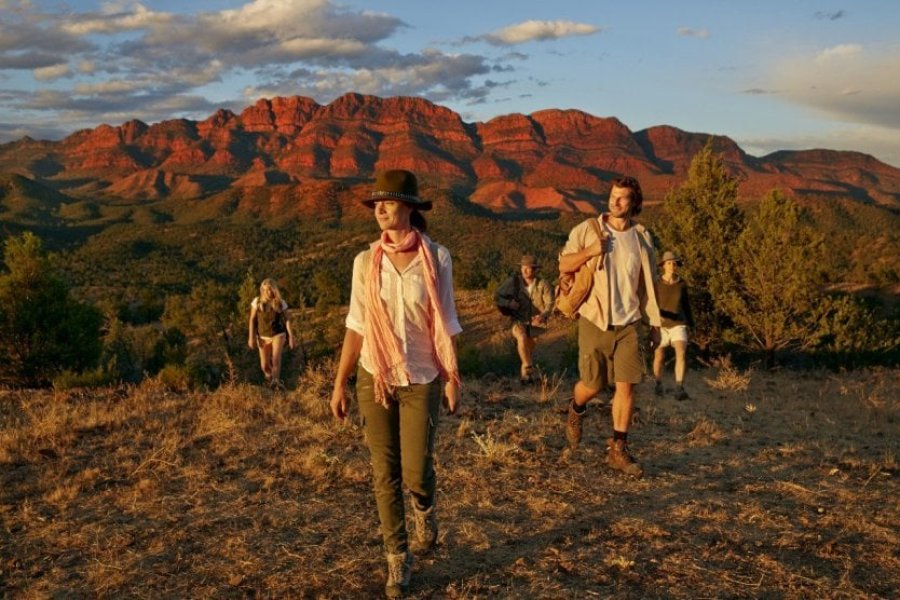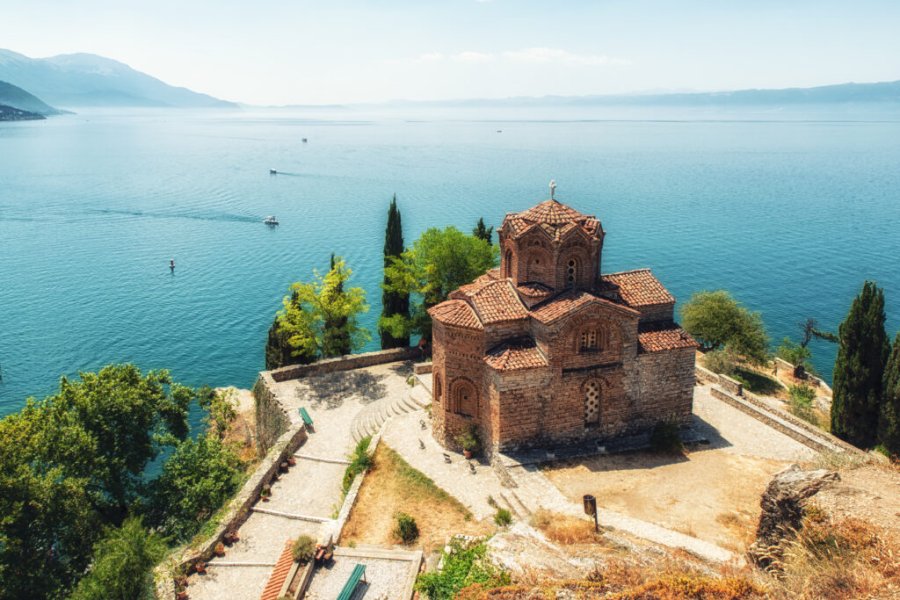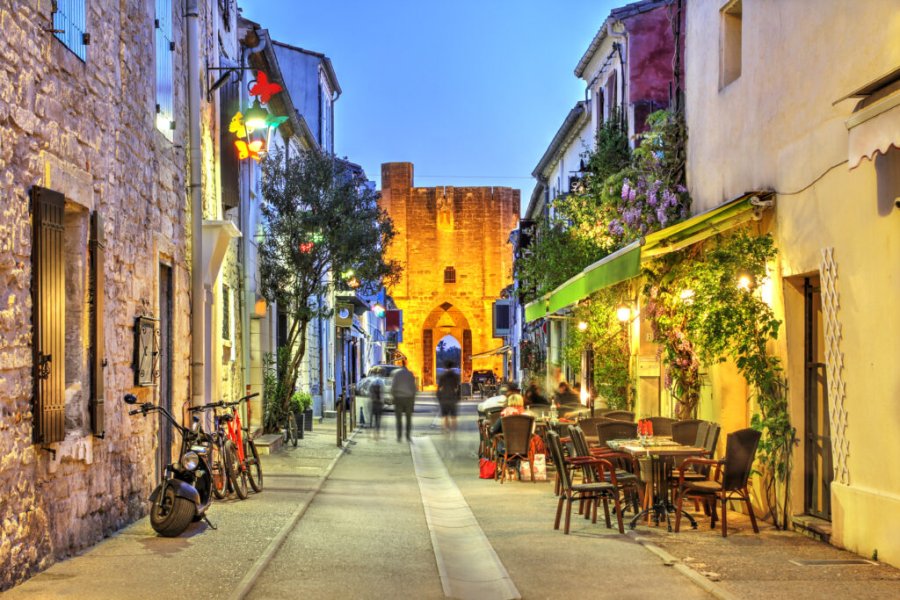Travel Guide Buganda
Find an accommodation
Advertising
By taking from Bujumbura the direction of the North towards Cibitoke (RN 5), Buganda is the first medium-sized medium crossing, after the entrance of Rusizi National Park, Côté, 50 km from the capital. It is a small agglomeration that characterises the model of paysannats launched in the Belgian colonial era to relieve the central plateaus and rationalise agriculture, creating contiguous plots intended for very specific crops.From what is known as the "dorsal", which corresponds to the road RN 5, leaves the "transverse" perpendiculaires, the long which opens up well-aligned concessions where food crops are organized, rice plantations and cotton plantations. There is no "centre" strictly speaking: rural life is organised on the transversales, while administrative, religious and social life is concentrated near the national road.This type of organisation is found in the entire Imbo plain north of Bujumbura, from Gihanga near the capital (22 km) to Rugombo, near the Rwandan border (74 km), but Buganda is one of the easiest examples to observe. The paysannats, more or less neglected and disorganized in the aftermath of Independence, experienced a certain renewal in the 1970 s, of which Buganda benefited. A large market for food products brings together residents of the region at least twice a week (little crafts).In 2012, the construction of a hydroelectric dam on Kaburantwa (20 megawatts) was started near Buganda (18 megawatts), but the current news shows nothing about the progress of this project.
Suggested addresses Buganda
Weather at the moment
Advertising
Organize your trip with our partners Buganda
Transportation
Book your plane tickets
Car Rental
Boat rental
Accommodation & stays
Find a hotel
Holiday rental
Find your campsite
Tailor-made trip
Immersion travel
Services / On site
Activities & visits
Find a doctor



